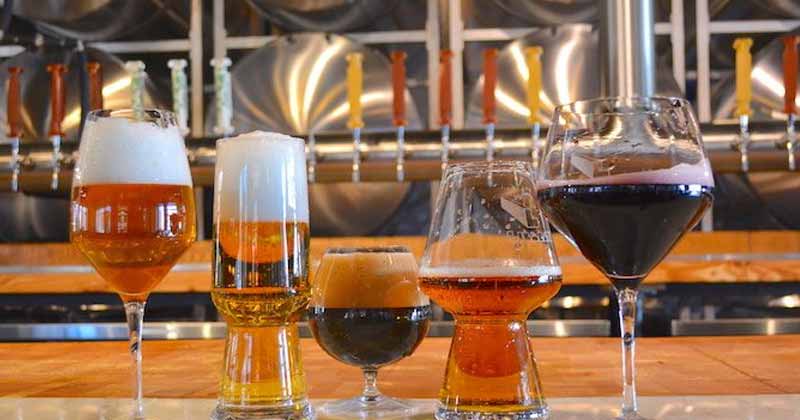We all like a good drink. Life’s about sipping some fun, isn’t it? And truth be told, there’s nothing like a specific time for a good drink, regardless of time or date. That said, there’s always some sort of distinction between a glass of wine and that of a beer. Generally speaking, the wine connoisseurs would seek nothing more other than a great glass of wine. And to their advantage, there’s hardly a dearth of any nowadays- with plenty to choose from among white, red, pink and other refined forms. At the same time, beer lovers would want nothing else other than a mug of delectable, fizzy with rich lager- right? But there’s never been a cross between wine and beer, or has there been one? What is Oenobeer?

Well, perhaps now is the time to embrace this hitherto unheard-of change. There appears to be a cross between wine and beer at the present moment as surprising as this may sound. And truth be told, at a time where there’s hardly any dearth in the specter of innovation in the realm of food and dining, one wonders, it’s about time to embrace the same in the form of a cross between wine and beer.
To those among us who may have not heard about Oenobeer, here’s what this fascinating change all about:
For starters, there’s an Italian gentleman at the heart of this creation. The Italian native, who moved his entire life to Denver only two years ago, is the chief advocate for Oenobeer, a new type of liquid that tastes something like a mix between beer, wine, and mead.
A one time bar, brewery, and distribution company owner in Rome, Liberati is now the proprietor and chief mad scientist behind Liberati Brewing in Denver, an Italian restaurant and Oenobeer brewery that opened on October 29th, 2018.
Forbes Magazine highlighted the fascinating new story that has birthed a new fizz in the worldwide beverage industry.
When probed about what led to the creation of a cross between wine and beer, here’s what the new-age liquor entrepreneur had to say:
Back in 2008, I was doing a beer event in Rimini. We really made a splash because we were importing beer from around the world. During that event, a gentleman who works as the chief enologist with one of the oldest wineries in Tuscany said to me, “Have you ever thought about brewing with grapes?” I said no, but I went to the winery and brought a few beers. We started blending and decided it wasn’t going to happen. Blending beer and wine or beer and grape must wasn’t adding to the final product. It was like 1 + 1 never equaled 2.1.
It was only 1.9. So I left it alone. Then one day, I’m sitting out in Rome and a guy comes up and he’s a homebrewer. He says, “Can you try this beer and let me know what you think?” I happen to really like Orval, and this guy brought me an Orval on LSD. It was magical. It was made with 10% local white grape, and that lit the spark. Soon enough, I didn’t realize it was happening, but I found myself … the Italian grape ales are always made during harvest, and I found myself going to breweries and brewing grape beers. I asked questions like, “Why are you doing that? Why put grapes in at that time?” The answer was, “I don’t know,” or, “Because the vintner told me to do this.”
Suggested Read: How About Trying A Beer Made With Blueberry Muffins?
True for most new businesses, the year 2020 will hopefully be one marked with bright changes and hopes for the passionate Italian. He suggested that his firm would aim to bottle more Oenobeer and suggests that diversification into more variants may also be on the cards, stating that one category after another may soon follow.


